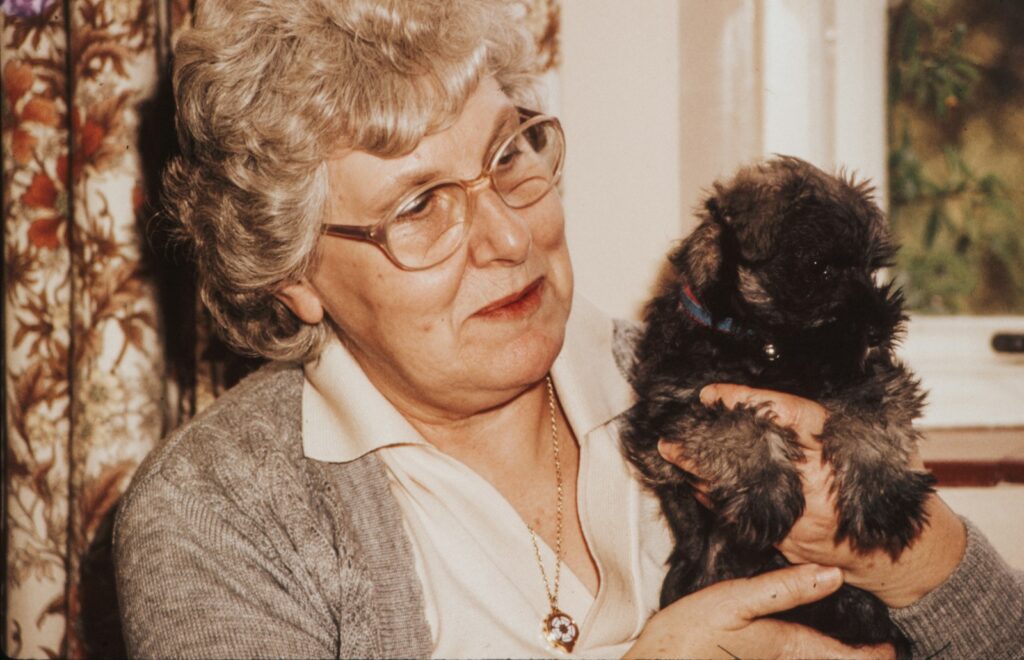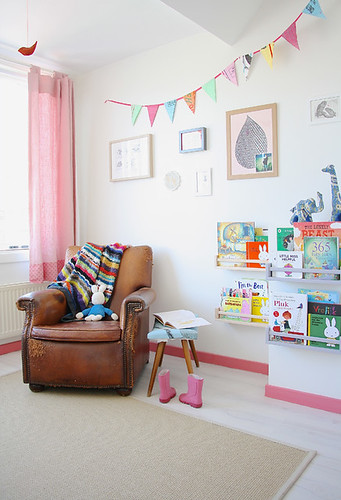
When we immerse ourselves in the captivating narratives of our favorite TV shows and blockbuster films, it’s easy to get lost in the illusion that every intricate detail, from sprawling mansions to cozy suburban bungalows, is meticulously constructed on a soundstage. While Hollywood’s mastery of set design is undeniable, a significant portion of the cinematic magic we adore actually unfolds in real-life locations, transforming ordinary houses into unforgettable character residences. These tangible backdrops ground fantastical stories in a relatable reality, adding layers of authenticity and charm that resonate deeply with audiences.
Indeed, the decision to utilize real-life homes as filming locations is often driven by a pragmatic blend of necessity and artistic vision. Building an entire world from scratch, complete with realistic architecture and lived-in environments, requires substantial time and money—resources often in short supply for many productions. This is where the trusty location scouts, directors, and production designers step in, embarking on a quest to find that perfect real-life spot. They seek out buildings and homes that can seamlessly serve as the backdrop for a story, whether it’s a modern architectural marvel or a quaint, historical dwelling.
In this in-depth look, we’re peeling back the curtain to reveal some of the most iconic real-life homes that have graced our screens. From the unexpected locales that stood in for fictional addresses to the surprising facts about their current existence, these houses are more than just backdrops; they are silent stars, each with a unique story to tell. Join us as we journey through the fascinating world where fiction meets reality, celebrating the residences that became just as memorable as the characters who inhabited them.
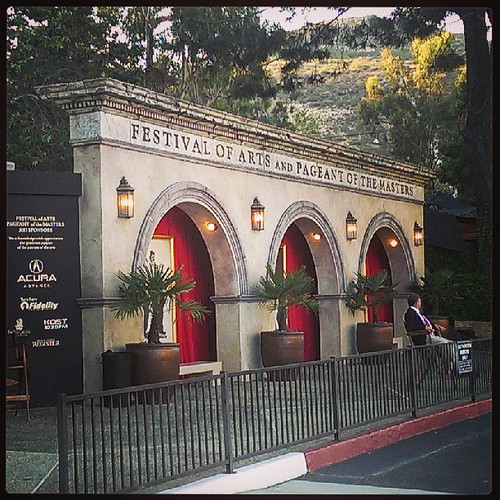
1. **The Bluth Home (Arrested Development)**The Bluth Family home, an essential setting in the quirky world of *Arrested Development*, was famously depicted as a model home nestled in the barren Newport Beach subdivision of Sudden Valley. This on-screen portrayal suggested an isolated, perhaps even desolate, environment, perfectly fitting the family’s often-isolated and unusual antics. The visual gag of a single, pristine house in the middle of nowhere was a recurring element that added to the show’s unique comedic timing.
However, the reality of the Bluth residence is quite the opposite of its fictional counterpart. The actual house used for filming is located far from the beach in Woodland Hills, California, at 23155 Dolorosa Street. Instead of a barren landscape, it sits within a more established neighborhood, offering a stark contrast to its on-screen persona. This difference highlights the cleverness of production design in transforming a real location to fit a specific narrative need.
Interestingly, this Woodland Hills house was not only used for the exterior shots but also for some interior scenes during the show’s pilot episode. This initial immersion allowed the production to capture the essence of the Bluth family’s chaotic domesticity. For subsequent episodes, the interior shots transitioned to a sound stage, a common practice in television production to maintain continuity and control over the environment while exterior shots continued to utilize the iconic Woodland Hills home.
The juxtaposition of the fictional “Sudden Valley” setting with the real Woodland Hills address adds another layer of meta-humor for dedicated fans. It underscores how much work goes into creating a specific visual narrative, even when starting with a pre-existing structure. The Bluth home remains a memorable example of how a real house can be expertly repurposed to serve a distinct comedic and narrative purpose.
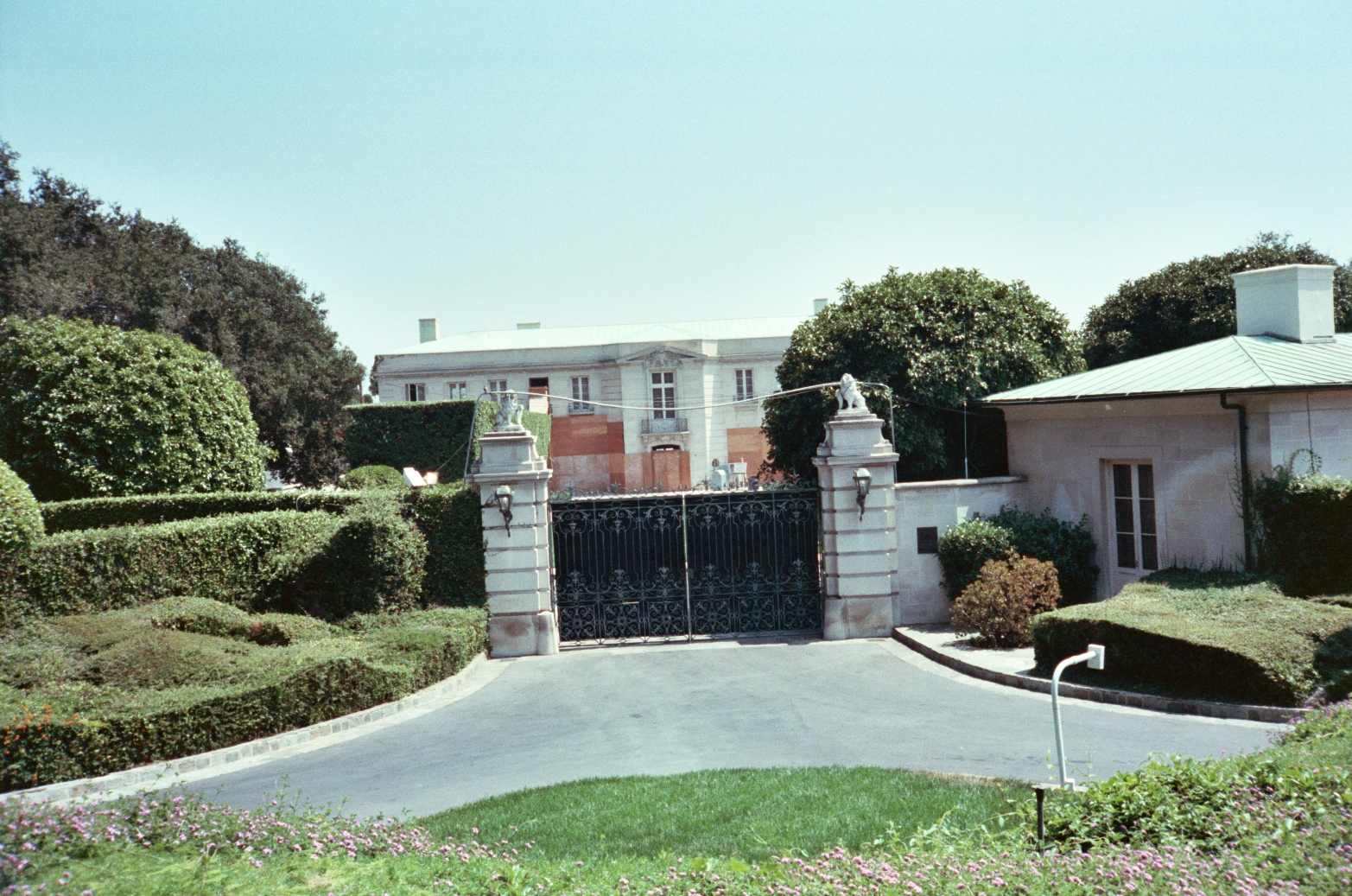
2. **The Beverly Hillbillies Mansion (Beverly Hillbillies)**For fans of classic television, the sprawling mansion of the Clampett family in *The Beverly Hillbillies* is instantly recognizable, symbolizing their sudden leap from rural poverty to unimaginable wealth. The fictional family, having struck “black gold, Texas tea,” relocated to the epitome of luxury in Bel Air, California. The mansion itself became a character, representing their cultural clash with the elite society of Beverly Hills.
The real-life equivalent of this iconic television residence is the Chartwell Mansion, an architectural marvel built in the 1930s. This estate is not just any luxury home; it stands as one of the most expensive private residences in America. The context reveals it sold for a staggering $180 million, underscoring its immense value and grandeur, far exceeding the “black gold” the Clampetts might have found.
Situated on an expansive 10-acre property, the Chartwell Mansion commands breathtaking views overlooking the Pacific Ocean and the bustling downtown Los Angeles skyline. Its majestic presence and opulent features made it a perfect stand-in for the Clampetts’ new, extravagant lifestyle, visually communicating their newfound status in the most dramatic way possible. The sheer scale of the property perfectly conveyed the family’s sudden, dramatic change in circumstances.
The use of such a historically significant and valuable private home for *The Beverly Hillbillies* speaks volumes about its enduring appeal. It allowed audiences to envision the Clampetts’ improbable journey into the lap of luxury, making the “Beverly Hills” aspect of their new life incredibly vivid and aspirational for viewers of the time. This mansion truly became synonymous with the show’s premise of rags-to-riches, albeit with a humorous twist.

3. **The Walsh Residence (Beverly Hills 90210)***Beverly Hills 90210* captivated a generation with its portrayal of high school life in one of America’s most famous zip codes. The Walsh residence, home to Brenda, Brandon, and their parents, was the anchor of this glamorous world, a Mediterranean revival home that felt perfectly in place amidst the glitzy surroundings of Beverly Hills. Its exterior was a familiar sight to millions of viewers, signaling the start of another dramatic episode.
However, the show’s title was a bit of a creative liberty when it came to the actual location of the Walsh family home. Despite being set in the iconic 90210 zip code, the true location of the house is in Altadena, California, at 1675 E Altadena Drive. The context cheekily notes that “‘Altadena, 91001’ just would not have had the same ring to it,” highlighting the narrative necessity of its fictional relocation to Beverly Hills.
This four-bedroom, four-bathroom home, though not in the ultra-exclusive Beverly Hills, still commands a significant presence and value. It is currently valued at a little over $2 million, showcasing that even far from its fictional, more famous address, it remains a desirable piece of real estate. The appeal of the Mediterranean revival style, coupled with its spacious layout, made it an ideal choice to represent the quintessential affluent suburban life portrayed in the show.
The transformation of this Altadena home into the Walsh residence is a classic example of Hollywood’s ability to create a sense of place that transcends geographical accuracy for narrative impact. For fans, the house at 1675 E Altadena Drive will forever be the gateway to West Beverly High, a silent testament to the enduring power of pop culture to imprint fictional addresses onto real-world locations, solidifying its status as a piece of TV history.

4. **The Mackenzie Home (Big Little Lies)***Big Little Lies* enthralled audiences with its gripping drama set against the stunning backdrop of Monterey, California. Madeleine Mackenzie’s fictional home, with its sweeping ocean views, played a pivotal role in establishing the luxurious yet turbulent lives of the show’s central characters. The house itself became a visual character, reflecting the serene surface and underlying chaos of the Monterey Five.
For die-hard fans of the series, the allure of Madeleine’s home extends beyond the screen. The actual house used for filming is a magnificent property located at 30760 Broad Beach Road in Malibu, California. What makes this location particularly exciting for fans is its availability for temporary rentals, offering a unique opportunity for an immersive *Big Little Lies* experience.
The context tantalizingly reveals that fans can rent out this fictional Monterey home for a hefty sum of $5,000 a night. This allows enthusiasts to truly step into the world of the show, recreating their favorite scenes or simply luxuriating in the same environment as the characters. The show was meticulously shot both inside and outside the house, ensuring that every corner of the rental property feels authentically connected to the series.
Imagine enjoying breathtaking ocean views from one of the main house’s six bedrooms, perfectly replicating the show’s opulent aesthetic. This accessibility transforms a passive viewing experience into an active, tangible interaction with the show’s universe. The Mackenzie home stands out as a prime example of a filming location that has become a destination in its own right, inviting fans to live out their cinematic dreams, even if just for a night.
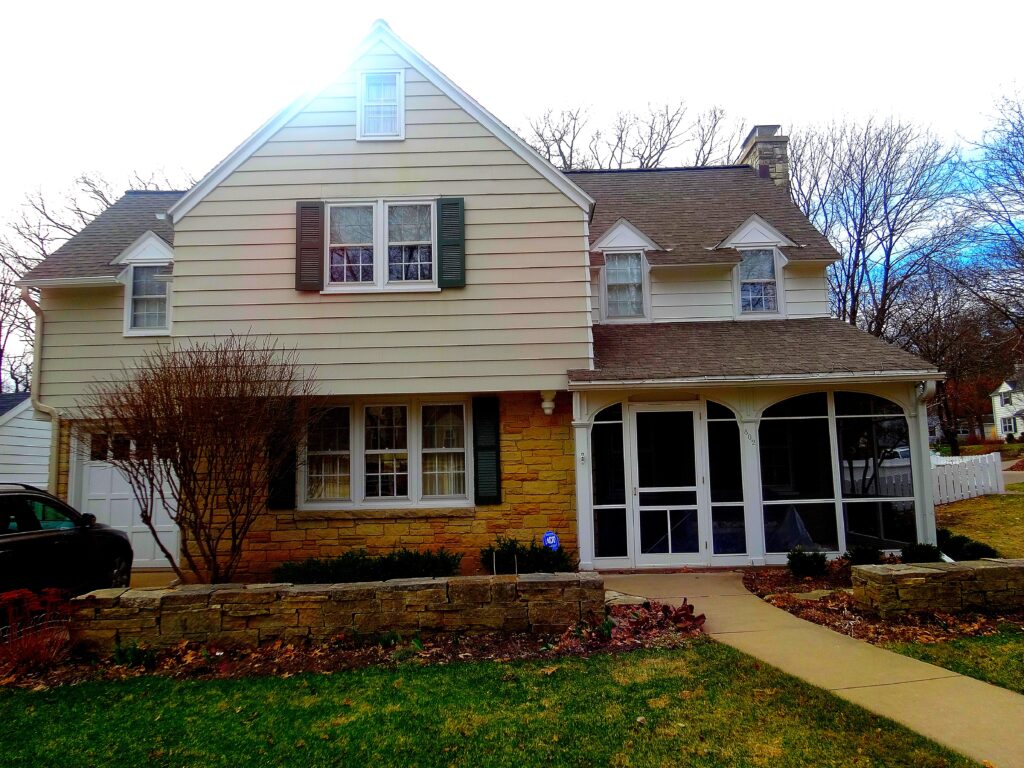
5. **The Johnson Residence (Black-ish)**The beloved sitcom *Black-ish* is known for its witty commentary on modern family life, with the Johnson family home serving as the central hub for their daily adventures and heartfelt discussions. While the show is meant to take place in Pennsylvania, the visual identity of the Johnson residence has become a familiar and comforting sight for viewers, representing the stability and warmth of the family.
In reality, the Johnson home that audiences have come to know and love over the course of the show is actually situated in Sherman Oaks, California, at 4175 Stansbury Lane. This geographical shift is a common practice in television production, allowing for the practicalities of filming in Los Angeles while maintaining the illusion of a different setting. The Sherman Oaks location provided the perfect suburban aesthetic required for the series.
Adding another layer of behind-the-scenes trivia, the context notes that the home used in the pilot episode was in a completely different location: 1640 Lombardy Road in Pasadena. This early change in filming locations is not uncommon, as productions often refine their visual choices after the initial pilot to ensure the best fit for the series as it develops. The Sherman Oaks house ultimately became the enduring image of the Johnson family’s abode.
The transition between pilot and series locations, and the fictional setting versus the real one, illustrates the meticulous planning involved in creating a cohesive on-screen world. The Johnson residence, regardless of its real-world address, has become an indelible part of *Black-ish*’s identity, symbolizing the family’s journey and growth. It’s a testament to how effectively production teams can build a believable environment, even when piecing together elements from various real-life places.

6. **The White Residence (Breaking Bad)**Few television homes evoke as much immediate recognition and complex emotion as the White residence from *Breaking Bad*. This seemingly ordinary house in Albuquerque, New Mexico, became the unwitting stage for Walter White’s descent into the criminal underworld. Its suburban facade belied the dark, intense drama unfolding within, making it a crucial visual element in the show’s powerful storytelling.
The real-life home, located at 3828 Piedmont Drive in Albuquerque, belongs to the Quintana family. Their story offers a fascinating glimpse into the unexpected consequences of having one’s private residence become a pop culture icon. Over 15 years ago, when a production team knocked on their door with an offer to film a “little AMC show,” they had no idea how profoundly it would change their lives, thrusting their home into the global spotlight.
The immense popularity of *Breaking Bad* led to thousands of tourists flocking to the residential street, eager to catch a glimpse of the infamous house. This phenomenon, while a testament to the show’s impact, also brought significant challenges for the elderly couple living there. The context vividly describes the bizarre and disrespectful acts by some fans, including “dozens of roof-tossed pizzas,” a direct reference to a memorable scene in the series.
In response to the overwhelming and sometimes intrusive fan activity, the Quintana family has since taken measures to protect their privacy, building a fence around the property and installing signs requesting visitors to take all pictures from across the street. The White residence thus stands as a unique example of a real home that became inextricably linked to its fictional counterpart, showcasing both the incredible connection fans feel and the real-world impact such fame can have on private citizens.
As we continue our fascinating journey into the world where Hollywood magic meets tangible real estate, we uncover more incredible residences that have etched themselves into pop culture history. These homes, often unassuming in their real-world addresses, transform into vital characters within the narratives we cherish, blurring the lines between fiction and reality in truly captivating ways. From vampire slayers to beloved family sitcoms, each house holds a unique story, revealing the cleverness of production design and the enduring power of these memorable backdrops.

7. **Buffy the Vampire Slayer — Summers residence**For fans of *Buffy the Vampire Slayer*, the Summers residence is more than just a house; it’s a sanctuary, a battleground, and the heart of the Scooby Gang’s operations against the forces of evil. This Southern California bungalow-style craftsman home was the site of countless memorable moments, from intense monster showdowns in the living room to heartfelt discussions in the kitchen. Its familiar facade represented stability and, ironically, a sense of normalcy in the chaotic world of Sunnydale.
Yet, like many fictional addresses, the Summers residence isn’t actually located in the demon-infested town of Sunnydale. In reality, the house stands hundreds of miles away in suburban Torrance, California, specifically at 1313 Cota Avenue. This geographical discrepancy is a common Hollywood practice, allowing productions to film in convenient locations while maintaining the illusion of a distinct, often distant, fictional setting. The Torrance location provided the perfect blend of suburban charm and accessibility for the show’s long run.
Despite its real-world distance from the fictional Sunnydale, the house at 1313 Cota Avenue remains an iconic landmark for *Buffy* enthusiasts. It symbolizes the show’s enduring legacy and the profound impact it had on a generation of viewers. For many, a glimpse of this craftsman home instantly transports them back to the thrilling, emotionally resonant world of Buffy and her friends, solidifying its status as a cherished piece of television history.
Read more about: From Antiheroes to Sci-Fi Icons: 14 TV Characters and the Unforgettable Actors Who Brought Them to Life

8. **Charmed — Halliwell manor**The Halliwell Manor, with its distinct Victorian architecture, served as the ancestral home and magical hub for the Charmed Ones throughout the beloved series *Charmed*. This narrow, bright-red Victorian was not just a dwelling; it was a character in itself, imbued with magical energies and safeguarding countless secrets. Its imposing, yet charming, appearance made it instantly recognizable to millions of viewers, evoking a sense of powerful, ancient magic.
Despite its visually striking appearance that might seem “painfully San Francisco,” where the series was supposedly set, the Halliwell Manor is actually located in Los Angeles. Situated at 1329 Carroll Street, it lies nestled between the vibrant neighborhoods of Echo Park and Dodger Stadium, far from the iconic hills of San Francisco. This clever choice allowed the production to leverage the rich architectural heritage of Los Angeles while creating the illusion of a Northern California setting.
The house on Carroll Street boasts a significant historical pedigree, being one of three homes in the area held by the LA Conservancy. It was originally built in the 1880s for city councilman and real estate developer Daniel Innes. Adding another layer of pop culture trivia, this very house also made an appearance in Michael Jackson’s iconic “Thriller” music video, cementing its place in entertainment lore beyond its *Charmed* fame. The Halliwell Manor stands as a testament to the power of a distinctive architectural style to anchor a show’s identity.

9. **Desperate Housewives — Solis house (and Wisteria Lane)**Wisteria Lane, the seemingly idyllic suburban street at the heart of *Desperate Housewives*, was home to the Solis family and countless other residents whose lives were anything but ordinary. This picturesque street, with its manicured lawns and charming houses, played a pivotal role in establishing the show’s blend of domestic tranquility and underlying scandalous drama. It became synonymous with the show’s narrative, almost a character itself, observing the daily intrigues of its inhabitants.
However, for those hoping to visit the real Wisteria Lane, there’s a unique twist: it’s not an actual residential street in a city. Instead, Wisteria Lane is a meticulously crafted set located on the Universal Studios Hollywood backlot. This allows for unparalleled control over the environment and provides a versatile backdrop for numerous productions.
The versatility of this famous street is truly remarkable, as it has hosted a surprisingly diverse array of shows and films beyond *Desperate Housewives*. The context reveals it also appeared in *The Burbs*, *The Munsters*, *Gremlins*, *Psycho*, and even *Buffy the Vampire Slayer*. Fans visiting Universal Studios Hollywood can experience Wisteria Lane as part of the backlot tour, offering a rare opportunity to walk through a piece of cinematic history that has chameleon-like adapted to countless stories, showcasing the incredible artistry of studio set design.
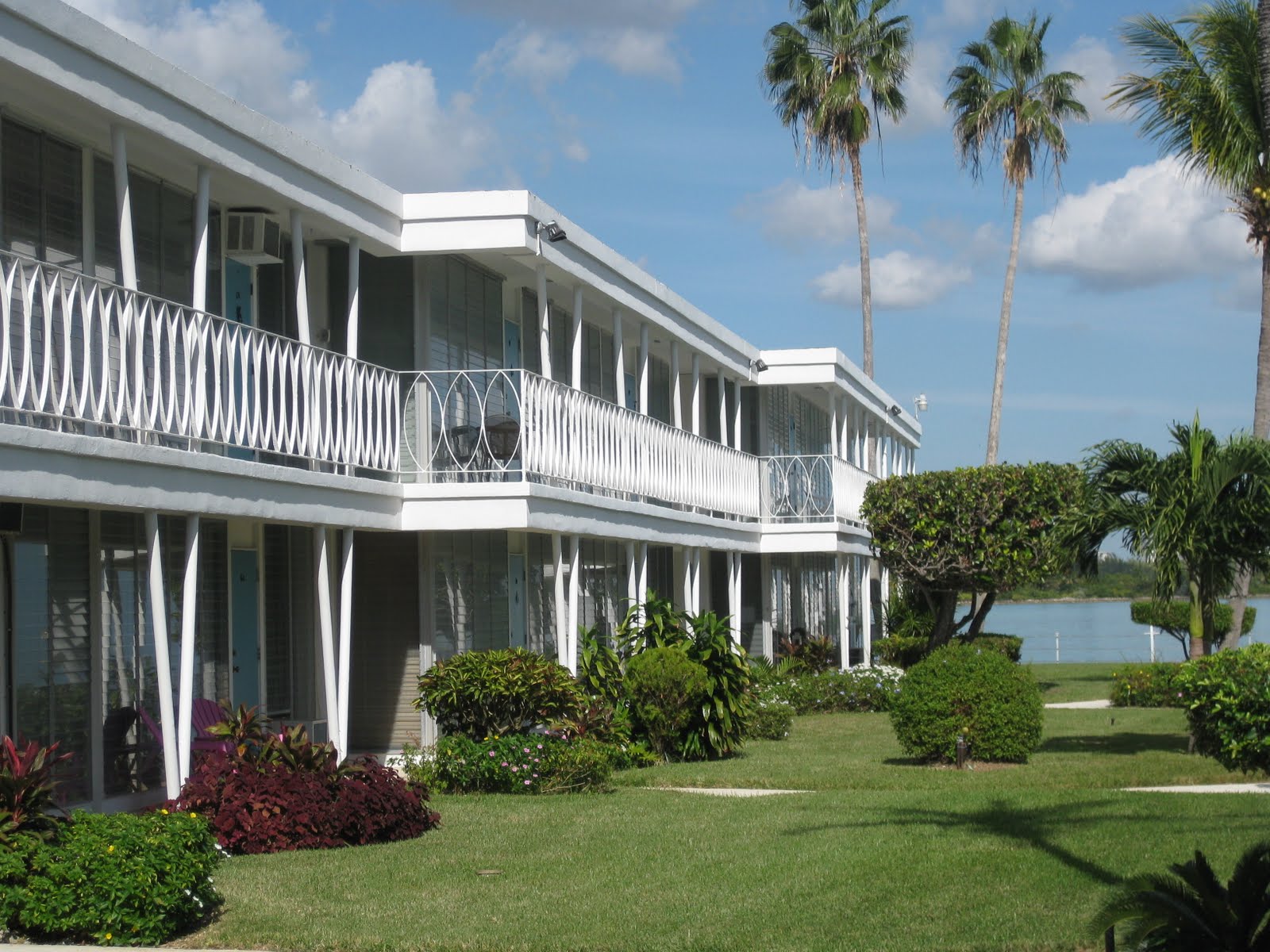
10. **Dexter — Dexter’s apartment**Dexter Morgan’s apartment, a low-rise, waterfront dwelling in Miami, was far more than just a place to live; it was the clandestine sanctuary where the titular character meticulously planned his vigilantism and stored the grim trophies of his “dark passenger.” The seemingly unassuming exterior of his home perfectly mirrored Dexter’s carefully constructed facade as a mild-mannered blood spatter analyst, expertly concealing the dark secrets lurking beneath. Its modest appearance provided a subtle contrast to the intense and often gruesome events that unfolded in his hidden life.
The real-life location of Dexter’s infamous abode is the Bay Harbor Club, situated at 1155 103rd St. Apt 10A in the Bay Harbor Islands, just north of Miami Beach, Florida. This detail allows fans to pinpoint the exact setting where Dexter’s double life quietly played out. Interestingly, the context notes that low-rise, waterfront apartments like Dexter’s are becoming increasingly rare in Miami, as older buildings are being torn down to make way for modern high-rises. This transformation of the urban landscape adds a layer of nostalgia for the show’s setting.
For dedicated fans, the opportunity to potentially own a piece of TV history is tantalizing, as the context suggests that an apartment in the Bay Harbor Club can be acquired for under $200,000. This tangible connection to Dexter’s world allows enthusiasts to physically connect with the series, reflecting on how the quiet, unassuming nature of the apartment served as the perfect cover for one of television’s most complex and chilling protagonists. The enduring presence of this building offers a unique portal into Dexter’s compelling narrative.

11. **Everybody Loves Raymond — Ray Barrone’s house**The Barrone residence, the quintessential suburban home of Ray and Debra, was the central stage for the relatable family dynamics and comedic chaos of *Everybody Loves Raymond*. Located in a fictional Long Island town, this house was a constant backdrop to the everyday struggles and triumphs of married life, often complicated by the ever-present, and often meddling, presence of Ray’s parents and brother from literally across the street. The home itself became a symbol of the family’s quest for peace amidst constant humorous intrusion.
In a rare and delightful instance of geographical accuracy in television, the actual house used for filming Ray and Debra’s home is located at 135 Margaret Lane in Merrick, New York. What makes this location truly remarkable, and a testament to clever location scouting, is that it is “literally, directly across the street from Frank and Marie’s house,” the actual filming location for the parents’ home. This precise real-world proximity perfectly replicated the show’s core comedic premise, making their constant interference hilariously plausible.
This exceptional detail resonates deeply with fans, enhancing the show’s charm and authenticity. The ability of the production team to find two adjacent houses that so perfectly encapsulated the core dynamic of *Everybody Loves Raymond* is a standout achievement in location scouting. It solidified the Barrone family’s domestic reality, making the comedic interplay between the two households even more impactful and believable, creating an enduring legacy that continues to entertain and resonate with audiences today.
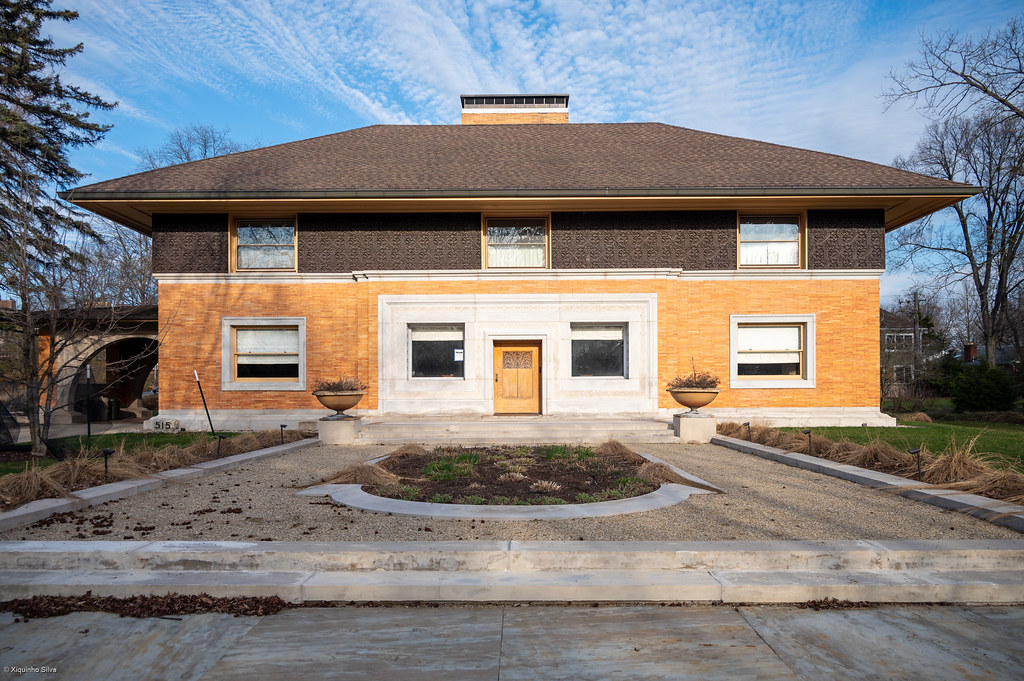
12. **Family Matters — Winslow house**The Winslow house, a traditional family home in Chicago, was the setting for the enduringly popular sitcom *Family Matters*. For nearly a decade, this residence served as the backdrop for the lives of the Winslow family and, of course, the iconic, nerdy neighbor Steve Urkel. Its exterior was a symbol of warmth, stability, and the everyday adventures of a middle-class family navigating life, love, and the unexpected scientific experiments of their most famous guest.
While the show’s fictional Chicago setting felt incredibly authentic, with “nearly every neighborhood” seemingly capable of housing the Winslows, the physical home used for filming in Lincoln Park has undergone a significant transformation. The context reveals that this original home “actually doesn’t exist anymore,” having been replaced by a modern condo building. This surprising change highlights the transient nature of physical filming locations in an ever-developing urban landscape.
Despite the physical disappearance of the original structure, the legacy of the Winslow house lives on, immortalized in the memories of fans and commemorated by a plaque at the site of the new building. This bittersweet fact underscores how powerful fictional narratives can be, imprinting themselves onto real places long after the physical structures change. The Winslow home, though rebuilt, continues to evoke nostalgia and fond memories for generations of viewers who grew up watching the beloved family and their charmingly nerdy neighbor.
Read more about: Wait, Are These Gone? 6 Legendary ’90s Breakfast Cereals We Need Back on Our Shelves ASAP
These twelve iconic homes, whether grand mansions or humble suburban dwellings, each played an instrumental role in shaping the narratives and characters we’ve come to adore. Their real-world identities, often surprising and always fascinating, add an extra layer of appreciation for the artistry involved in filmmaking and television production. From meticulously recreated soundstages to serendipitous real-life finds, the blending of Hollywood illusion with tangible architecture continues to captivate us, proving that sometimes, the most magical backdrops are those that are truly real.” , “_words_section2”: “1809



